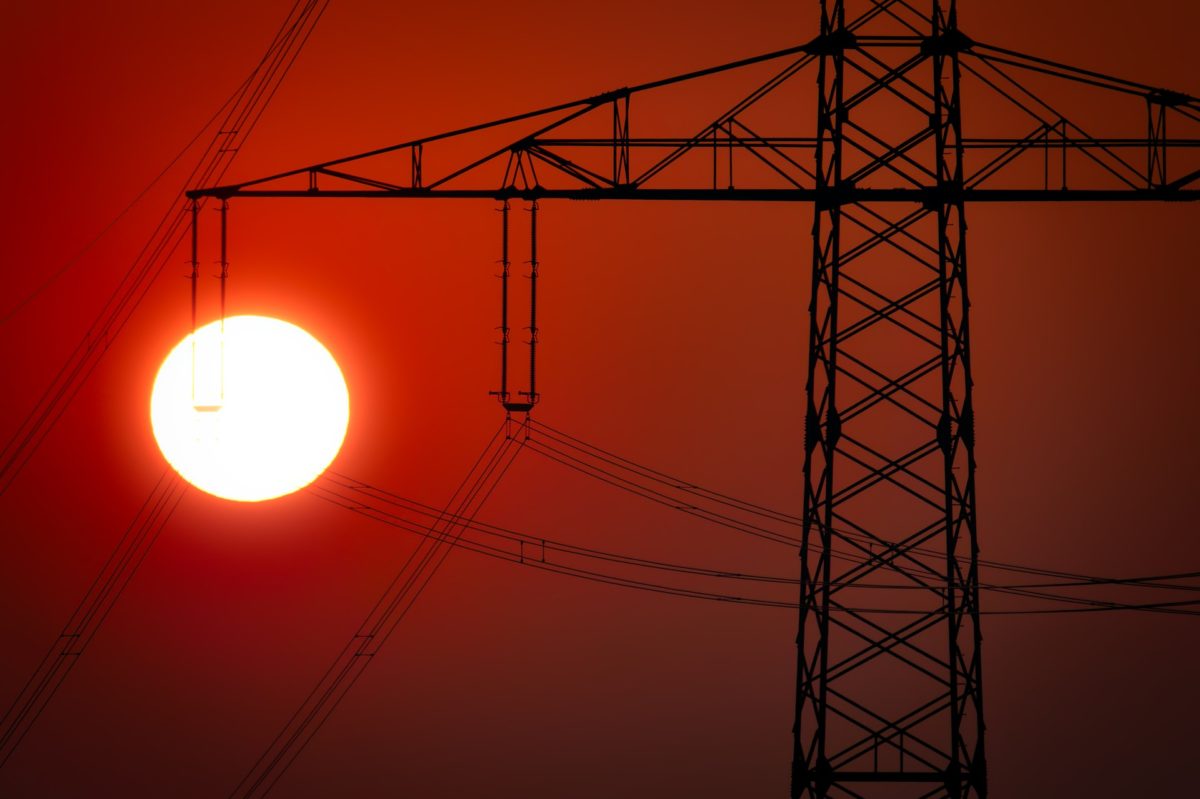The global PV market is forecast to expected to contract only slightly this year despite the Covid-19 pandemic, according to the Global Market Outlook 2020-2024 report published by industry body SolarPower Europe.
The middle-of-the-road, ‘medium’ scenario outlined in the report, which the association sees as the most likely future path, envisages new generation capacity additions will hit 112 GW this year, around 4% down on the 116.9 GW added last year.
The organization’s more pessimistic scenario entails 76.8 GW of new solar this year, and the ‘high’ prediction posits 138.8 GW.
The least favorable outcome already appears unlikely, given the solar volumes deployed already this year, stated SolarPower Europe, although the industry group added: “If another wave of the pandemic hit major economies severely in the second half of the year, demand for solar might indeed collapse.”
Four-year outlook
The medium scenario also envisages global solar demand returning to significant growth from 2021-24, helped by the Chinese market. “We estimate Chinese solar demand will reach around 39.3 GW in 2020, 49 GW in 2021, 57.5 GW in 2022 and 64 GW in 2023 and 71 GW in 2024,” the report notes.
For next year, solar demand would climb 34% to 149.9 GW, according to the medium path, and in the following three years new additions would hit 168.5 GW, 184 GW, and 199.8 GW. If those numbers are achieved, the world’s PV capacity would increase from around 630 GW at the end of this year to more than 1 TW in 2022 and 1.2 TW by the end of 2023. At the end of 2024, the world would have 1,448 GW of solar, however, those medium milestones would only be achieved, SolarPower Europe stated, if governments include support for renewables in their post-Covid economic stimulus packages.
Last year’s edition of the report predicted medium scenario returns of 144 GW of new solar this year, 158 GW next year, 169 GW in 2022 and 180 GW in 2023, implying the Covid-19 pandemic can be expected to continue to affect the solar market for the next three years.
Declining LCOE
The authors of the report said the levelized cost of energy for large scale PV fell further last year in three continents. “The latest levelized cost of energy (LCOE) analysis, released in November 2019 by U.S. investment bank Lazard, shows utility scale solar’s cost improving over the previous version by 7%,” stated the study. “Utility scale solar is again cheaper than new conventional power generation sources nuclear and coal, as well as combined-cycle gas turbines.”
The trade group also said continued price falls for solar-plus-storage projects could out-compete gas peaker plants for backing up power grids, depending on regional and other conditions.
The SolarPower Europe report cited recent solar tenders in Portugal, Brazil and the United Arab Emirates, in which final prices were lower than $0.02/kWh for the first time. “The general rule is that solar power prices are considerably lower in economies with stable policy frameworks and high credit ratings compared to developing countries,” the report noted. “But in recent years there have been an increasing number of examples showing impressively low PPAs [power purchase agreements] in developing countries as well.”
Growth
Last year, the amount of new solar capacity rose 13% to 116.6 GW. China was the largest market, with 30.4 GW of new project capacity, followed by the United States (13.3 GW), India (8.8 GW), Japan (7 GW), Vietnam (6.4 GW), Spain (4.8 GW), Australia (4.4 GW), Ukraine (3.9 GW), Germany (3.9 GW) and South Korea (3.1 GW).
“In 2019, 16 countries added over 1 GW, in comparison to 11 in 2018, and nine in 2017, showing how diversification of the solar sector starts to unfold into markets with notable volumes,” wrote the SolarPower Europe analysts.
Cumulative installed solar capacity rose 23%, from 516.8 GW at the end 2018 to 633.7 GW 12 months later. For context, the world boasted just 41 GW of solar at the end of 2010.
Covid-19
This content is protected by copyright and may not be reused. If you want to cooperate with us and would like to reuse some of our content, please contact: editors@pv-magazine.com.




Very informative.